If you grew up in a bilingual environment, you probably never heard of these terms. However, in an education setting, teachers and speech therapists who work with bilingual children, use a lot of different terms that they should know in order to make the best assessments and eventually develop the appropriate program for these strudents. The following words are used to describe certain chracteristics of the very complicated bilingual language acquisition!
Passively Bilingual = a passively bilingual child of person is one that understands the second language but can’t speak it. This happens mostly to adults and when someone is starting to learn a second language.
Language Loss (or language attrition) = This is a very important characteristic of bilingual language acquisition. It is defined as “a potential consequence of second language acquisition, where the person losses their ability to use the first language due to lack of use or exposure”. Unfortunately this happened a lot in past decades when speaking two languages and having an accent was seen as something negative.
Code Switching = mixing languages in the same sentence or conversation. This is very important to understand when working with children who are bilingual. It can be seen as lacking enough language skills in both languages. However, when a bilingual person can switch between two languages, it means that their skills are proficient enough to be able to manipulate the languages in different ways.
Borrowing = speaking in one language and “borrowing” a word/s from the second language. This primarily occurs when there is not a word for that particular object or idea in the language that is been spoken. Very common among bilingual people.
critical period hypothesis = The hypothesis claims that there is an ideal ‘window’ of time (first few years of life) to acquire language in a linguistically rich environment, but that after this period, language acquisition becomes much more difficult and effortful. This can be applied for first and second language acquisition.
Here , I only gave you a few of the terms that are used in an education setting about bilingual language acquisition. In a future post I will explain some more!
Have you heard any of these terms?
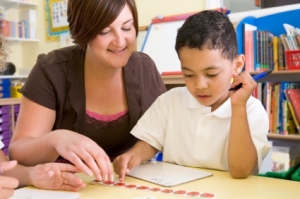
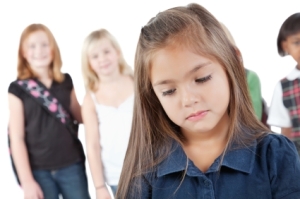

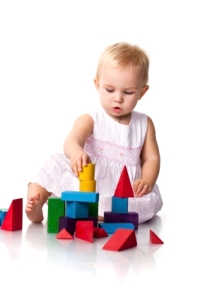

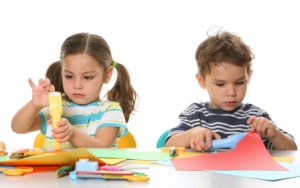
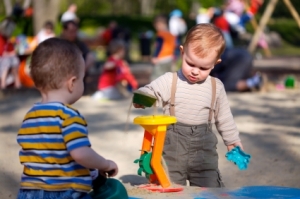

Your comments